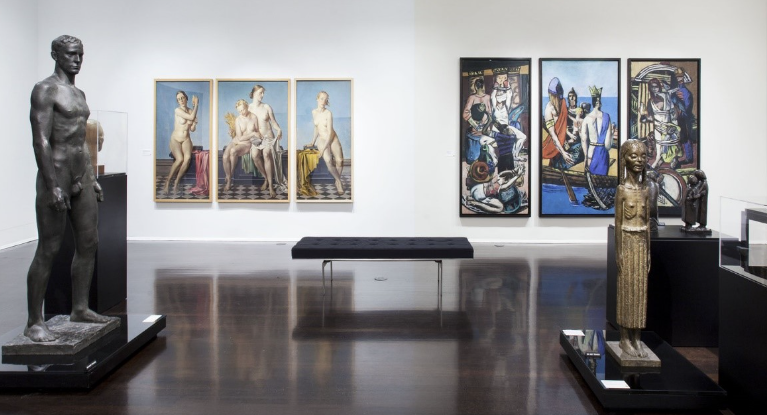Theoretical studies
Despite the increased interest in ethics in the contemporary visual arts field, there is relatively little research done on exhibition ethics, or curatorial ethics.
Curators should have their own set of ethical considerations; the relationship between curator and artist is critical to the success of an exhibition, so curators must be concerned with ethical issues such as the relationship between artist and curator, ethical issues between museums and curators, controversies arising from charitable donations, and so on. Overall, the goal of ethics as moral philosophy is to create and cultivate some form of rationalist self- or social legislation.(Martinson, 2020)
Chen contends that inquiry into curatorial ethics is as important as inquiry into the nature of curating itself (2023), and that these issues are pressing because they require the resolution of ethical quandaries in curating. The resolution of these concerns is critical to the advancement of curatorial practice and the control of curatorial activity.
He argues that Heidegger’s fourfold realm contributes to the articulation of an ethic that is not viewed as a collection of moral norms intended to regulate world action, but rather as an ethical midwifery that assists the curator in cultivating the new in his or her overarching cultural arrangement. This method can be used to explore the diversity of curatorial practice as well as its ethics in a global context. He, along with another book, Curatorial Activism (Reilly, 2018), examines the variety of curatorial practice and strives to attract more artists through non-writing, heteronormativity, and so on.
Reference:
Martinon, J.P. (2020) Curating As Ethics. Minneapolis and London: University of Minnesota Press.
Reilly, M. (2018) Curatorial Activism. Towards An Ethics Of Curating. London: Thames & Hudson.
My Curatorial Commitment
I. Artist-Curator Relationship.
The curator must establish a cooperative relationship with the artist based on respect and understanding, actively listen to the artist’s creative concepts and intentions, and advocate for the artist throughout the curatorial process to ensure that the artist’s work and viewpoints are fully displayed and respected. At the same time, the curator must follow the artist’s licence agreement and not change or distort the artist’s work without permission.
II. Physical Environment of the Curatorial Space
Curators must ensure that the physical environment of the curatorial space is secure, comfortable, and accessible. This includes making sure that environmental conditions like light, temperature, and humidity are acceptable for the exhibition venue and that there is enough space for the audience to experience the pieces. Furthermore, curators should consider providing accessible facilities to guarantee that all groups of people may readily access the show.
III. Political position
Curators should take a neutral political stance and avoid promoting controversial political viewpoints during the curating process. At the same time, curators must respect many cultures and values while avoiding any type of discrimination or bias in the display.
IV. Financial Background.
The curator must verify that the exhibition’s financial background is both visible and legal. When raising funds, curators should follow applicable rules and regulations and avoid engaging in illegal activities such as fraud and money laundering. Furthermore, curators should allocate the exhibition budget in a reasonable manner to guarantee that funds are used to improve the exhibition and audience experience.
V. Ethical Uncertainty in Curation
Curators should be cautious and responsible when dealing with ethical uncertainties. When faced with contentious topics, curators should consult with relevant experts, audiences, and other stakeholders to find more thorough answers. At the same time, curators should keep up with the latest developments in ethical issues and regularly update and improve their ethical rules.





